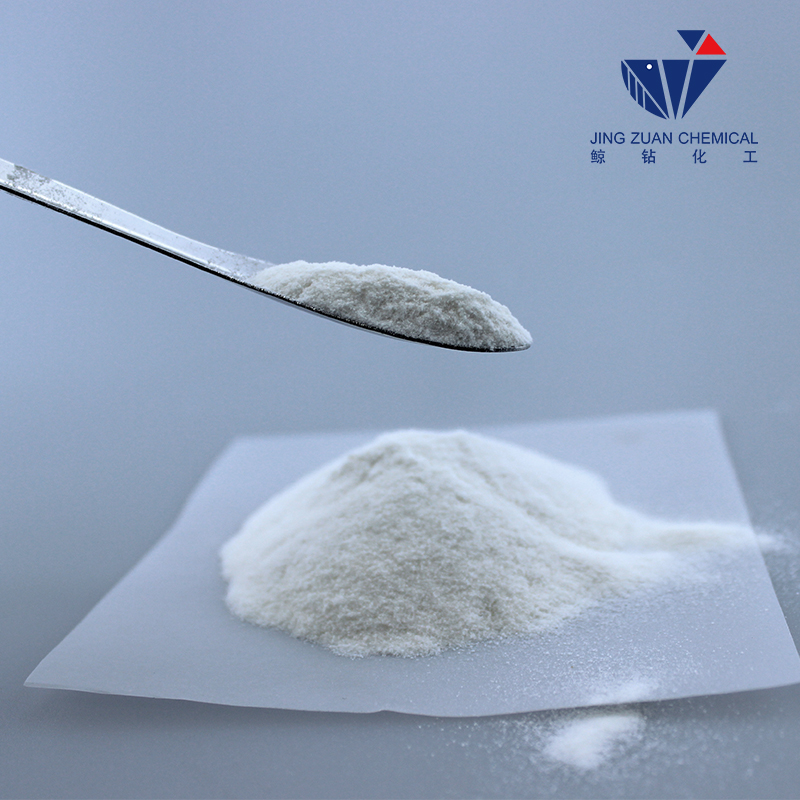
Nov . 06, 2024 15:20 Back to list
Hydroxyethylcellulose Cost Trends and Market Analysis for 2023
Understanding Hydroxyethyl Cellulose Price and Its Market Dynamics
Hydroxyethyl cellulose (HEC) is a non-ionic water-soluble polymer derived from cellulose, a natural polymer obtained from plants. Its chemical structure allows it to function effectively as a thickening agent, dispersant, and stabilizer in various applications, including personal care products, paints, coatings, and pharmaceuticals. As industries increasingly adopt eco-friendly and sustainable raw materials, the demand for hydroxyethyl cellulose has surged, creating a significant impact on its market pricing dynamics.
Factors Influencing Hydroxyethyl Cellulose Prices
1. Raw Material Costs The primary raw material for HEC production is cellulose, which can fluctuate in price based on agricultural yields, demand for paper products, and changes in environmental regulations impacting forestry practices. Any increase in the cost of cellulose directly translates to higher production costs for HEC, thereby affecting its market price.
2. Production Process The manufacturing of HEC involves a multi-step process that includes alkalization of cellulose, etherification with ethylene oxide, and subsequent purification. This complex production method influences the overall cost structure. Additionally, advancements in technology that lead to more efficient production processes can help stabilize or even reduce prices.
3. Supply and Demand Dynamics The demand for HEC has been influenced by growing sectors such as cosmetics and pharmaceuticals. For instance, HEC is widely used as a thickener in lotions and creams, providing texture and stability. An increase in consumer preference for natural and safe products has boosted the demand for HEC, causing prices to rise, particularly when supply fails to keep pace.
4. Regional Market Variations The price of HEC can vary significantly across different regions due to localized economic conditions, regulatory frameworks, and availability of raw materials. For example, in regions where cellulose is abundantly sourced, the production costs may be lower, resulting in competitive pricing for HEC.
5. Global Trade Factors Tariffs, trade agreements, and geopolitical tensions can impact the availability and cost of HEC on a global scale. Disruptions in the supply chain, such as shipping delays and increased freight costs, can directly affect the pricing in different markets, making it an essential consideration for manufacturers and consumers alike.
hydroxyethylcellulose price

Current Trends in the Hydroxyethyl Cellulose Market
As of now, several trends are shaping the hydroxyethyl cellulose market, influencing its price trajectory
1. Sustainability The push for sustainable and biodegradable materials has led many industries to explore alternatives to synthetic polymers. HEC, being derived from renewable resources, is gaining attention for its eco-friendly profile, which may increase demand and consequently affect pricing.
2. Technological Advancements Innovations in biotechnology and advanced manufacturing processes are making it possible to produce HEC more efficiently. These innovations could lead to reduced production costs, allowing manufacturers to offer HEC at more competitive prices without compromising quality.
3. Market Expansion Emerging markets are beginning to recognize the benefits of hydroxyethyl cellulose in various applications. As awareness grows and industries expand in these regions, the demand is expected to rise, influencing global pricing trends.
4. Impact of Regulations Increasing regulations regarding chemical formulations in products, particularly in personal care and cosmetics, are pushing manufacturers to seek safe and effective alternatives. HEC fits this requirement, which could lead to price increases due to heightened demand.
Conclusion
The price of hydroxyethyl cellulose is influenced by a myriad of factors, from raw material costs and production methods to market demand and regional pricing variances. As industries continue to lean towards sustainable practices, HEC’s importance is likely to grow, impacting pricing dynamics further. Stakeholders in various sectors must stay informed about these trends and market shifts to navigate the evolving landscape of hydroxyethyl cellulose effectively. By understanding these aspects, manufacturers, suppliers, and consumers can make informed decisions that align with both their economic interests and sustainability goals.
-
Versatile Hpmc Uses in Different Industries
NewsJun.19,2025
-
Redispersible Powder's Role in Enhancing Durability of Construction Products
NewsJun.19,2025
-
Hydroxyethyl Cellulose Applications Driving Green Industrial Processes
NewsJun.19,2025
-
Exploring Different Redispersible Polymer Powder
NewsJun.19,2025
-
Choosing the Right Mortar Bonding Agent
NewsJun.19,2025
-
Applications and Significance of China Hpmc in Modern Industries
NewsJun.19,2025







